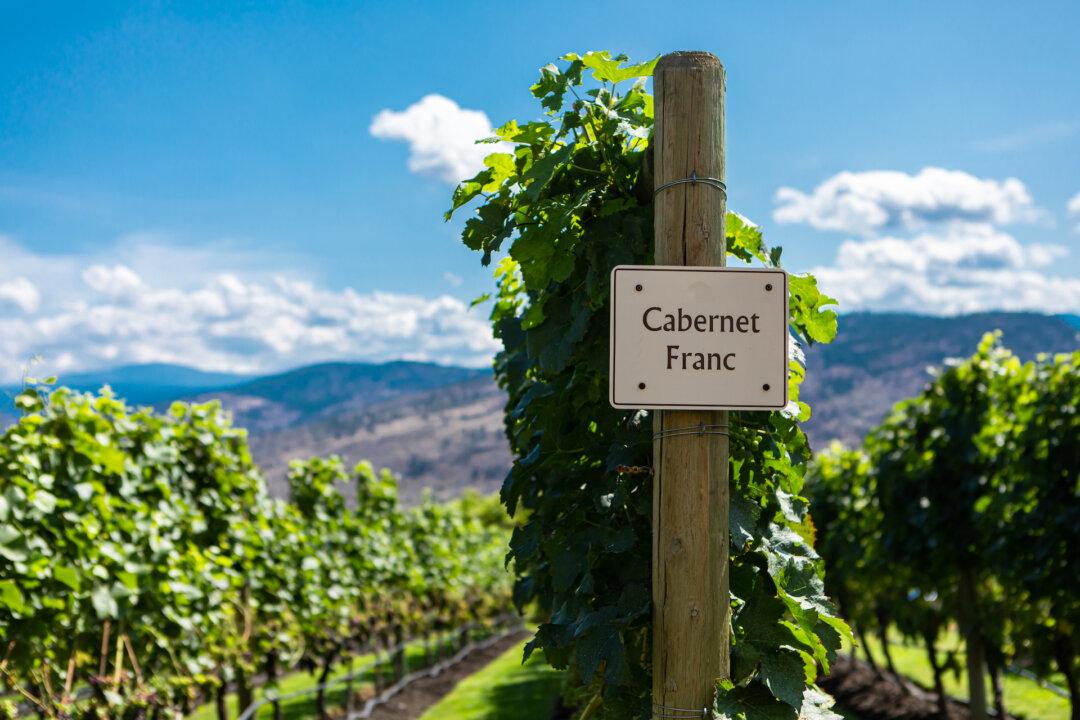Shortly after I began writing a wine column in 1976, a friend teased me about my avocation.
We were journalists working at The Associated Press, and he probably didn’t mean to be disparaging when he said, “All red wines taste the same.” Not a very journalistic approach.
Since I had never known him to take even a sip of wine, I assumed that he reflected millions of others who had the same observation, which was they never saw much difference between any of the red wines to which they had been exposed.
I didn’t think much about the remark at the time, though I found it naive. But he may have been right. In 1976, many of the wines were homogenous. There probably wasn’t an awful lot of difference between the numerous varietals to which we were all exposed.
By the mid-1980s, as wine quality began to improve markedly, I began to see major differences between cabernet, zinfandel, pinot noir, petite sirah, and many European wines from districts that previously had only been rumors, such as Cahors, Bordeaux, the Rhone Valley, and Tuscany.
My friend’s remark made an impact in one way: I began to seek terms that separated each of the different grape varieties. I wondered how each fared in different regions of the world.
His remark made me realize that someone who wasn’t paying attention might easily draw the same conclusion. And it became evident that the distinctive aromas and flavors found in one grape variety differed from those in other grapes.
Sure, there were similarities between a winery’s cabernet and that same property’s merlot, but it was occasionally evident that that particular house dictated the style of both and liked those similarities.
I also knew that subtle differences may matter for wine lovers, but I saw esoteric distinctions as inappropriate for a newspaper wine column. To keep things simple, I ignored geeky explanations and focused more on issues directly related to how people purchase wine.
Inexpensive wine’s main responsibility is to taste good. The more we pay for a wine, the more distinctive it should be, I believed. At upper echelons, cabernet and merlot should have unique elements. Indeed, winemakers and growers now know that, ideally, they shouldn’t be grown in exactly the same locations, but in places better suited to maximize each variety’s best attributes.
Cabernet, for example, prefers warmth and, at its best, has traces of dried herbs in its aromatic signature—sage, thyme, even tarragon. Once many also displayed traces of bell peppers, but in later years, that element was disparaged by some wine critics who felt it to be inappropriate.
By contrast, merlot prefers slightly cooler climes and has more black olive, green tea, and leafy aromas.
Contrast that to the strawberry of pinot noir, the earthiness of shiraz, the gooseberry-lime of sauvignon blanc, or the gardenia-carnation of gewürztraminer.
Over time, I developed terms for each grape variety, and although they often didn’t describe the exact aromas or tastes, they allowed me to make distinctions about how closely each wine came to its theoretical paradigm.
But a varietal glossary wouldn’t work because each region has its own unique expression for each grape variety. This changes from year to year, giving meaning to the notion that vintages differ. Nor do two adjacent vineyards always make similar wines.
Today, I'd never agree that all red wines taste the same, though high-alcohol reds can be alike. Many 15 to 16 percent alcohol wines can have an almost raisin-like aroma. The best expressions of varietal character often show up in lower-alcohol wines of about 13 percent. A few are far less than that.





